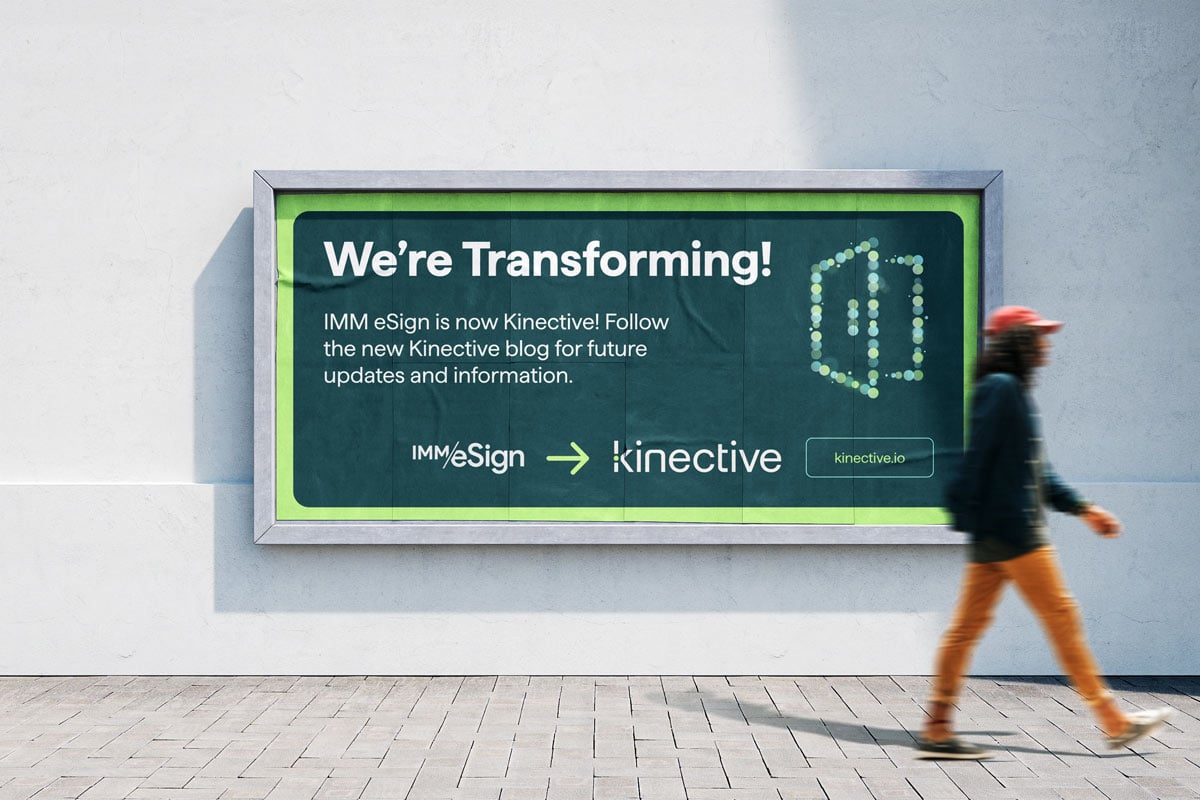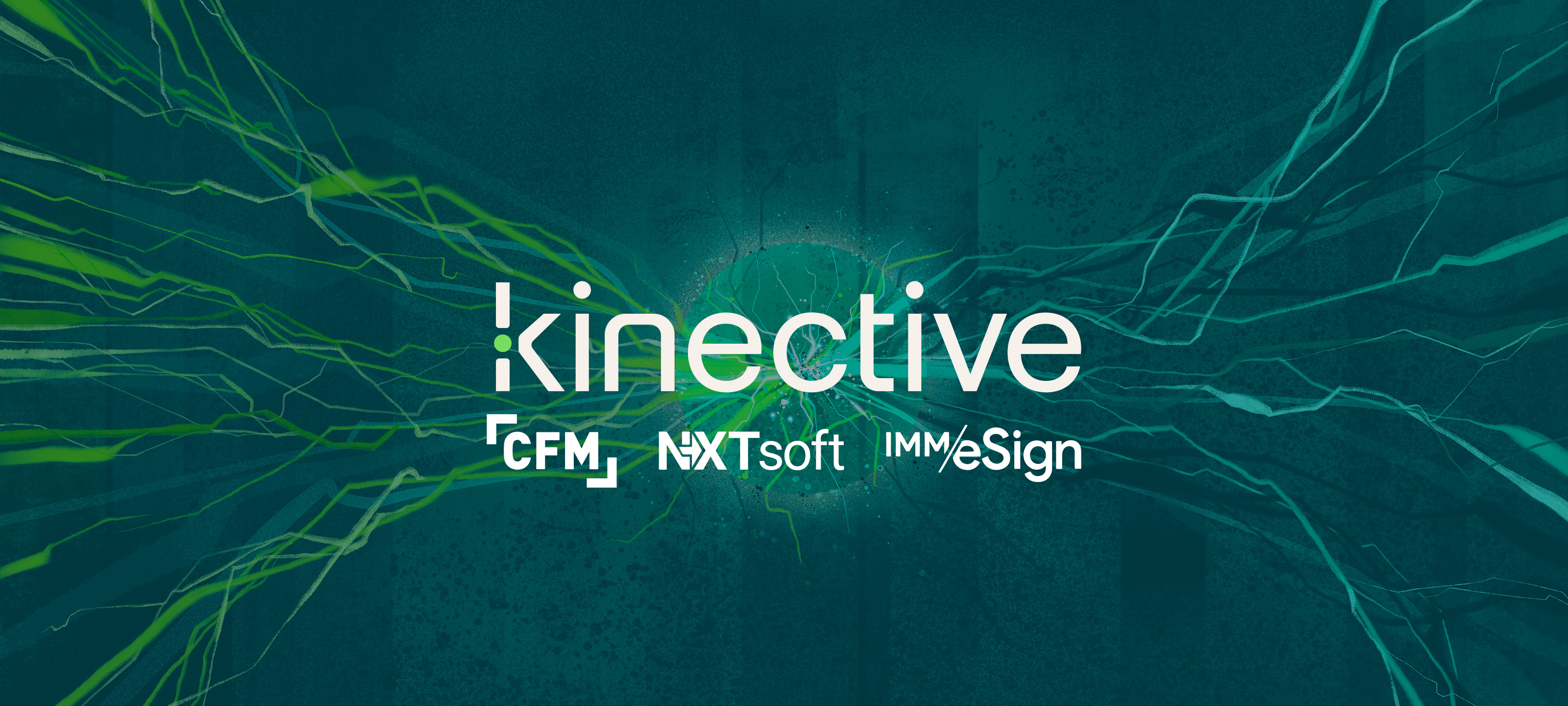We frequently receive questions from banks and credit unions aiming to upgrade their in-branch eSignature experience but are uncertain which signature device best suits their needs. The answer depends on the unique requirements of your institution. However, there are several rules of thumb to help guide a decision in determining which device meets the needs of your institution. Consider the following information about the differing alternatives.
Single Line Signature Pad
The single line signature pad appeared on the scene around the break of the 21st century. These devices, equipped with a stylus, were hard-wired to the desktop computer and enabled documents to remain in electronic form throughout the process. A signature drawn onto the pad appeared simultaneously on the computer screen. Many institutions continue to use these signature pads to this day.
Being a clear improvement over physical forms, single line signature pads have been a staple in the financial services industry for many years. However, by adopting newer devices, your bank or credit union can provide better consumer service with increased compliance guardrails. The area of consideration when using these legacy pads stems from broader advancements in consumer experiences. Customers now expect to be able to review and sign a document on the same screen. It’s can be an awkward process for an employee to have to turn around their monitor or to print out a document just so the customer can see what they’re signing.
Based on modern and evolving compliance awareness, it can even lead to an examination, questions or issues if there is no clear path to document the signer’s consent. The rollout of new devices could alleviate both concerns while mitigating any risk of transaction enforceability.
Tablet Devices
Tablet devices create a dynamic in-person signing experience. With tablets, there are platform decisions (Windows/Android/iOS) to be made. While Apple products tend to lean more on the costly side, many financial institutions (FIs) find the user-friendly interface a benefit that outweighs any expense considerations.
The internal storage standard in most off-the-shelf tablet models poses security and storage management concerns; however, software tools exist to disable storage capabilities, but why pay for unnecessary hardware? Perhaps the biggest hurdle is the need for in-branch wi-fi to connect the devices. Public and/or private networks can be configured, but at an additional cost and introducing new security requirements.
A free-standing tablet can be shared across employees, but also introduces theft concerns. Given the limited counter space at teller stations and on loan officer desktops, even the nominally larger size of a tablet compared to a signature pad can be an issue. And of course, budget constraints and IT resource bandwidth cannot be discounted.
Pen-Display Devices
Pen display devices have gained significant traction over the past year or so because they are seen as a “best of both worlds” option. These tablet-like devices, such as Topaz’s GemView, have no internal storage and come equipped with an electronic pen. They are about the size of a tablet device but act as a second monitor synchronized to the main screen and are tethered to the desktop workstation.
Using this device, consumers can view the document on the screen, control the signing process and apply their signature using the pen tool attached to the device. The costs associated with pen-display devices make them an attractive option when weighing the consumer experience against the expense. Since these devices do not require wi-fi, an additional expense can be mitigated when choosing this option.
In the end, the choice boils down to an FIs marketing strategy, budget and risk profile. While there are more alternatives to explore, incorporating the right device into your institution will improve the in-branch consumer experience and elevate your eSignature strategy and usage.

.png)





.png)